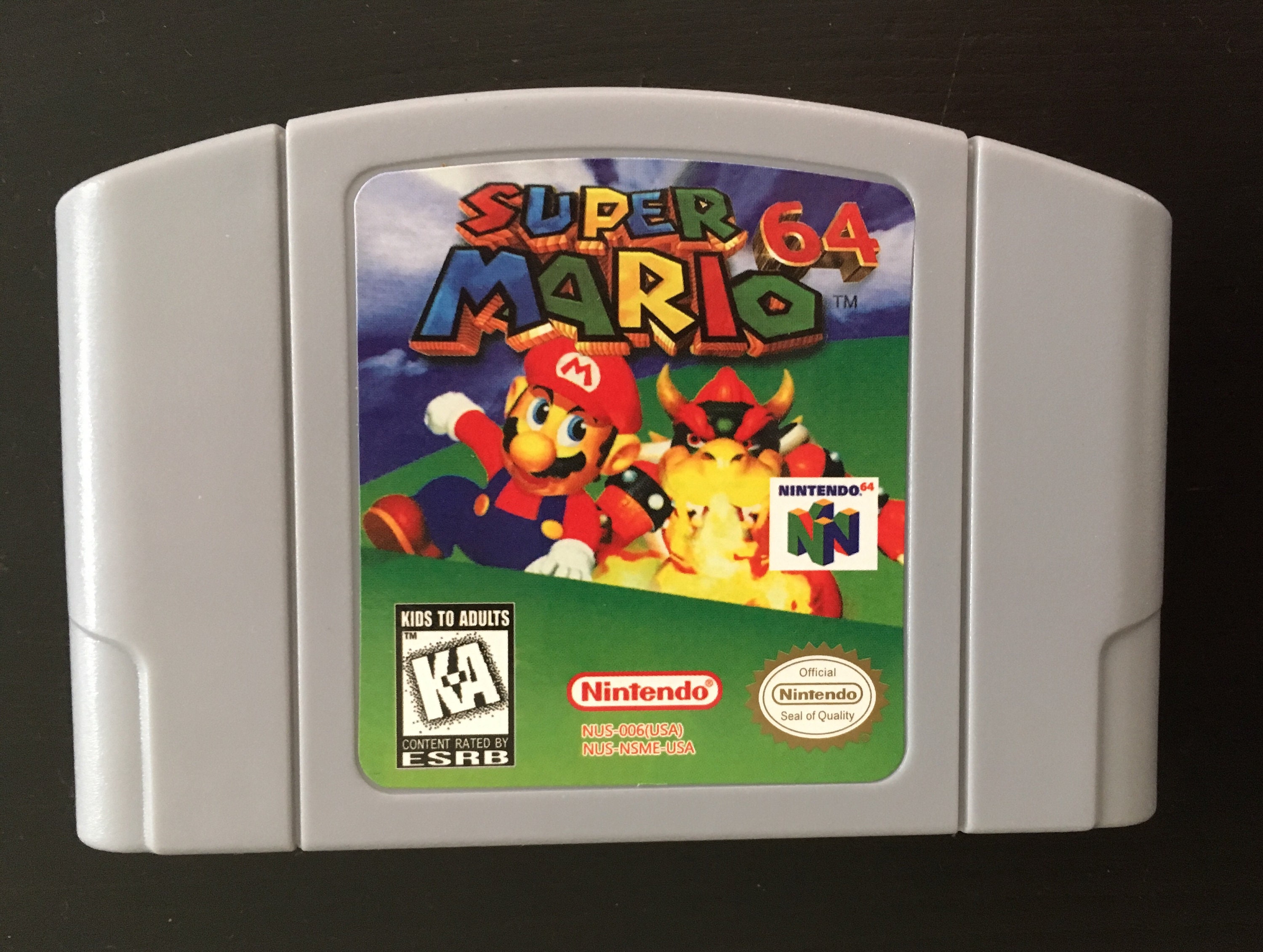

Giving the example of jumping, he said: “In the Mario games up to now, we’ve carefully crafted every stage and level down to the individual pixel. Miyamoto describes the difference between movement in 2D and 3D games in terms of it being in the latter case more intuitive and less quantitative. After doing a lot of calculations, the developers created a Mario with a sense of physics to his movements. Movement was key – Miyamoto told his designers to create as many different movements as possible, leading to nearly 250 animation patterns (of which 193 were used).

One of the things Mario could do in this space was chase a rabbit (nicknamed MIPS after the N64’s CPU), a feature that eventually made it into the game. We were trying to get the controls right with an analogue 3D stick, and once that felt smooth, we knew we were halfway there.” Miyamoto describes that the team initially developed a program on a powerful computer: “There was a room made of simple Lego-like blocks, and Mario and Luigi could run around in there, climb slopes, jump around, etc. One of the original concepts involved a fixed path and an isometric-type game akin to 1996’s Super Mario RPG. He eventually reformulated the idea for the Nintendo 64, simply because the latter controller had more buttons for gameplay and presented an analogue stick to enable fluid turning.
The initial plan was to use the Super FX chip to create a SNES video game with gameplay based on “ an entire world in miniature, like miniature trains”. In the early 1990s, Shigeru Miyamoto conceived the idea of a 3D Mario game while developing the SNES game Star Fox. Here’s a look into how this 1996 Mario classic was created. Super Mario 64 is one of the most influential games of all time, but bringing the plumber into 3D was a challenging and unprecedented process at the time.


 0 kommentar(er)
0 kommentar(er)
